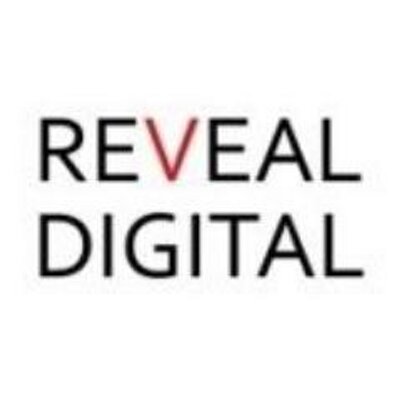PAID 112 Section 19: Drews (Spring 2025)
Looking at Life Magazine
On this page
![letter image [source:pixabay]](https://cdn.pixabay.com/photo/2016/03/31/14/48/write-1292838_960_720.png) Primary sources at a glance:
Primary sources at a glance:
- Online collections of primary sources
- Tips on how to analyze primary sources, especially photographs
Primary Sources
-
Life Magazine Archive (EBSCO) This link opens in a new windowLife Magazine Archive presents an extensive collection of the famed photojournalism magazine, spanning its very first issue in November, 1936 through December, 2000 in a comprehensive cover-to-cover format. Published by Time Inc., the magazine has featured story-telling through documentary photographs and informative captions.
-
Time Magazine Archive (EBSCO) This link opens in a new windowThe Time Magazine Archive presents an extensive collection of the prominent weekly news magazine dating back to its first issue in March 1923 through December 2000, presented in a comprehensive cover-to-cover format.
-
Independent Voices This link opens in a new window
 This collection chronicles the transformative decades of the 60s, 70s and 80s through the lens of an independent alternative press. Independent Voices provides access to over 1,000 titles of publications from feminists, dissident GIs, campus radicals, Native Americans, anti-war activists, Black Power advocates, Latinos, gays, lesbians and more.
This collection chronicles the transformative decades of the 60s, 70s and 80s through the lens of an independent alternative press. Independent Voices provides access to over 1,000 titles of publications from feminists, dissident GIs, campus radicals, Native Americans, anti-war activists, Black Power advocates, Latinos, gays, lesbians and more.
-
EbonyEBONY is the flagship magazine of Johnson Publishing. Founded in 1945 by John H. Johnson, it still maintains the highest global circulation of any African American-focused magazine.
Newspaper Archives
-
New York Times, Historical plus Index (ProQuest) This link opens in a new windowProQuest Historical Newspapers: the New York Times provides the full image of articles published in the New York Times from its first issue in 1851. It is searchable by keyword, author, article title, and first paragraph (abstract). You can browse issues by clicking Publications at the top of the screen. It includes illustrations and advertisements. The title changed from the New York Daily Times to the New York Times in 1857.
-
Chicago Defender (ProQuest) This link opens in a new window
 A Chicago-based weekly newspaper, serving a primarily African-American audience. This collection covers issues published from 1910-1975.
A Chicago-based weekly newspaper, serving a primarily African-American audience. This collection covers issues published from 1910-1975.
Analyzing Photographs as Primary Sources
 Photos can be great primary sources, but they require more than a quick glance. To get the most out of an image, the researcher needs to engage with image and "read" it in a critical way.
Photos can be great primary sources, but they require more than a quick glance. To get the most out of an image, the researcher needs to engage with image and "read" it in a critical way.
Some good questions to ask while looking at a photo are:
-
What do you already know about the photo?
- Photographer?
- Location?
- Date?
- Caption or other written description?
-
Look at the entire photograph
- What is the subject matter? (Portrait, building, event, etc.)
- What is happening in the photo?
-
Look at individual parts of the photograph
- What is in the Foreground? The Background?
- Where is your eye drawn first? What less-obvious things do you notice.
- Examine people, objects, signage, setting, time, etc...
-
What does the photo say to you? To others?
- Are the people in the photo expressing certain emotions?
- Does it evoke certain emotions in the viewer?
-
Why was the photograph taken and who is the audience?
- For a documentary or journalism purpose?
- For sale (as a postcard, poster, etc.)?
- To advertise something?
- As an artistic expression?
-
What decisions did the photographer make when taking this picture?
- Is it posed?
- Why did they take the photo at that exact moment? What happened right before the photo was taken? Right after?
- Did the photographer make the choices they did (perspective, focus, angles, etc.)?
- Was the photo edited, cropped, or colorized? What did that change?
-
What questions do you have after viewing the photo?
(Excerpted from "Images as Primary Sources" Research Guide by the Minnesota Historical Society)
Ask Your Librarian

Andi Beckendorf
she / her
Contact:
Research & Instruction Librarian
Please email for appointment options. If you need immediate help, check library chat for availability.
Please email for appointment options. If you need immediate help, check library chat for availability.
563.387.1227
Get In Touch
- Last Updated: Jun 6, 2025 9:17 AM
- URL: https://guides.luther.edu/paid112-drews
- Print Page
Content © Luther College Preus Library, 700 College Drive, Decorah, IA 52101 (563) 387-1166 

chat loading...


